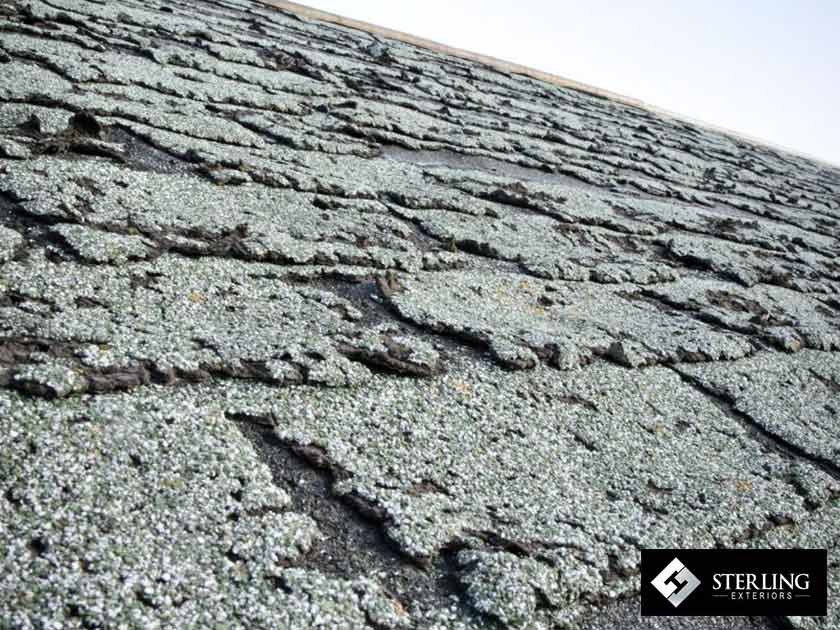Proper maintenance can extend the lifespan of your roofing system, but it is inevitable for asphalt shingles to deteriorate over time because of age and constant exposure to weather elements. High winds, for example, can lift or blow the shingles away while hailstones can leave dents or knock off shingle granules.

In other cases, roof damage is indicated by shingle cracking or splitting. Although these two forms of damage appear similar, there is a big difference between them. Read on to learn how you can distinguish shingle cracking and splitting.
How Shingle Cracking Occurs
Asphalt shingles contain volatiles with a low boiling point and are added to the asphalt mix to make them flexible and waterproof. However, the shingles lose their volatiles due to evaporation, dampness or aging, leaving the roof vulnerable to water infiltration. Another cause of shingle cracking is an overabundance of filler in the asphalt mix.
How Shingle Splitting Happens
According to roofing specialists, splitting is the result when the asphalt shingles constantly expand and shrink due to temperature fluctuations. Also called thermal splitting, it causes undue stress on the adhesive strips of the material, causing them to lose efficiency and become more susceptible to leaks and wind damage. Splitting, once neglected, can degrade your roof’s weather performance and lead to costly repairs or replacement.
If you need a trusted roofer to check your roofing system regularly, you can count on the experts at Sterling Exteriors to provide quality services. Apart from roofing, we also have experienced professionals who can handle siding, window and door replacements as well as outdoor home improvements. Rest assured that our team is equipped to carry out jobs to a high standard and guarantee customer satisfaction. To request a consultation, call us at (513) 685-8055, or fill out our convenient online request form. We serve customers in Cincinnati, Loveland and Newtown, OH.






